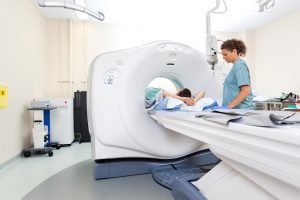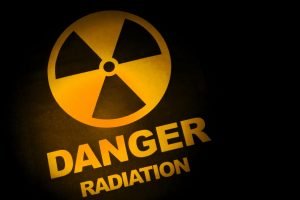The “nuclear crisis” in Japan has sparked concerns and misinformation, including rumors that radiation has already reached the Philippines. While these claims are baseless, this situation provides an opportunity to learn more about radiation, its uses, risks, and effects on health.
What Is Radiation and How Is It Used?

Radiation refers to energy emitted by radioactive materials like uranium, plutonium, and cesium. It is naturally present in our environment, including sunlight, and is also utilized in various applications:
- Medical Diagnostics and Treatment. Radiation is used in X-rays, CT scans, and radiotherapy to detect and treat illnesses, including cancer. Radiologists specialize in safely applying radiation for medical purposes.
- Energy Production. Nuclear power plants use radiation to generate electricity efficiently.
- Warfare. Unfortunately, radiation has also been weaponized, as seen in nuclear and atomic bombs.
Despite its association with danger, radiation is a normal part of life when used appropriately. Not all radiation poses a threat, and understanding its levels and types is key to addressing concerns.
When Should You Worry About Radiation?

Radiation becomes harmful under specific circumstances:
- High-Level Exposure. This occurs in rare cases, such as nuclear plant leaks, atomic bomb explosions, or direct exposure to highly radioactive materials.
- Prolonged Low-Level Exposure. Individuals in high-risk occupations, like X-ray technicians and astronauts, may experience continuous exposure. However, protective measures like radiation counters and lead aprons significantly mitigate these risks.
For the general public in the Philippines, there is no immediate cause for concern regarding radiation from Japan. The country has no nuclear power plants, and its geographical distance from Japan further reduces any potential risk.
What Are the Health Effects of Radiation Exposure?

In the unlikely event of a nuclear meltdown or explosion, radiation exposure can have severe health consequences:
- Cancer and Tumors. Prolonged exposure to high levels of radiation increases the risk of developing cancer.
- Birth Defects. Pregnant women exposed to radiation may face risks of birth defects in their unborn children.
- Acute Radiation Syndrome (ARS). Extremely high radiation levels can cause immediate symptoms like nausea, vomiting, and, in severe cases, brain damage or death.
It’s important to note that such scenarios are highly improbable in the Philippines.
Are Filipinos at Risk From Japan’s Nuclear Crisis?

No, Filipinos are not affected by the nuclear crisis in Japan. Even in Japan, where radiation concerns are more relevant, most areas remain unaffected, and life continues as normal. Thanks to safety protocols, such as the evacuation of danger zones, radiation exposure has been minimal. The “Inverse Square Law,” which explains that radiation intensity decreases significantly with distance, ensures that the Philippines is far removed from any potential danger.
Stay Informed, Not Alarmed
Nuclear issues often spark intrigue and sensationalism, leading to exaggerated claims and misinformation. It is essential to evaluate the reliability of news and text messages before panicking. Instead, focus on addressing more pressing health concerns, like smoking and poor diet, which pose greater risks to public health.
By understanding radiation and its effects, we can better differentiate fact from fiction and focus on realistic health priorities. Rest assured, the Philippines remains safe from any radiation threat related to Japan’s nuclear crisis.


